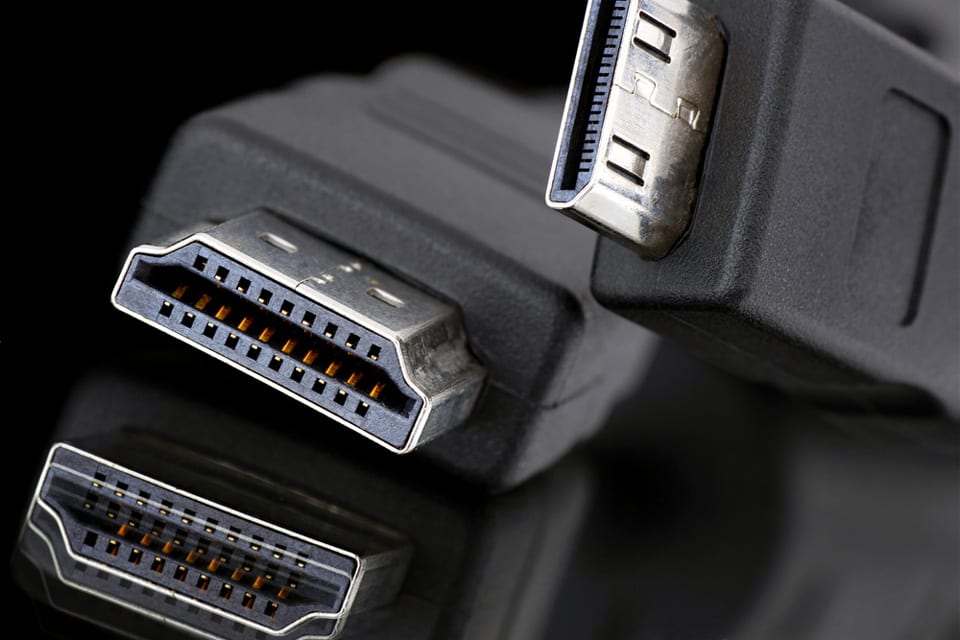Low pressure injection molding (LPIM) is a special type of plastic part production technology. It’s typically referred to as low pressure because the force applied to the material being injected into the mold is lower than that for traditional injection molding processes.
Used in the manufacturing industry, low pressure injection molding is an economical alternative to other processes. For example, you can use it for small batches and short-run production of parts that might otherwise require a high-pressure injection molding process.
Are you about to make a switch to low pressure injection molding? Find out more about it, including the benefits below.
What is Low Pressure Injection Molding?
Low pressure injection molding (LPIM) is an industrial manufacturing process for producing hollow plastic parts. It involves injecting preheated thermoplastic material into a closed mold.
When injecting the molten plastic, the pressure is usually set between 50 to 200 psi and the temperature at 180 to 240 degrees Celsius.
Manufacturers use low pressure injection for mass production of small and medium-size plastic parts. LPIM is one of the most popular injection molding techniques because it is cheap, uses fewer materials, and doesn’t leave solvents on the final product.
Benefits of Low Pressure Injection Molding
The manufacturing process has gone through lots of changes in the recent past. Companies are focusing on making the experience of their customers better by producing high-quality materials but at an economical cost.
This is one of the reasons most manufacturers are turning to low pressure injection molding. Some major benefits of using this technique include:
1. Extra Protection
Despite using fewer production materials, time, and money, low pressure molding still produces electrical parts that offer excellent protection.
The final products of this process are watertight and seal units that are susceptible to water damage hermetically. This explains why LPIM materials are the most preferred for keeping equipment used in deep-water surfaces safe.
LPIM products are also resistant to shock. Therefore, they are suitable for offering more protection to equipment and components used in harsh and high-impact environments.
Lastly, LPIM products are chemical resistant, hence perfect for shielding internal components and electrical circuits from chemical damage.
2. Cost-Effective
LPIM is a simplified process that requires fewer resources and manufacturing time. It is an automated process, meaning that most of its production stages rely on machines. Since machines can manage and control work more efficiently, the manufacturing cost per unit is reduced.
Unlike the traditional manufacturing processes, injection molding leaves little to no post-production waste material. Any scrap can be recycled or kept for future use, further reducing the cost of production materials.
The use of lower injection pressure can also allow the production of molds using affordable materials such as aluminum.
3. Fast and Simpler
Injection molding machines can produce high amounts of parts per hour. Depending on the complexity and size of the molds, the machines can run at 15 to 120 seconds per cycle time. LPIM also produces fine final products that require very little post-production work.
4. Durability
Products from injection molding are extra strong and durable. This is because of the fillers used during production. While the main purpose of these fillers is to reduce the density of the final product, they also add strength to the plastic, making them more durable.
5. Environmentally Friendly
Injection pressure molding has more environmental benefits compared to other traditional processes. First, all the ingredients the process uses are natural. Secondly, all the post-production scrap can still be reused in the future.
Lastly, since LPIM produces more rigid and durable materials, there are fewer cases of breakages and product disposal into the environment.
Common Applications of LPIM
The low pressure injection model technique is efficient and reliable in making superior casts to seal electronics. Some notable applications of this processes include the manufacture of:
- LED lights
- Switches and sensors
- Mobile phone batteries
- Solar system inverters
- Power supply cables
- Camera modules
LPIM is suitable for manufacturing high-stake electronics in hospitals and automobiles due to its precision and delicacy. It is the best for strengthening weak electronic components, protecting delicate elements from breaking, supplying insulation, and providing strain relief on wiring.
Since the technique can produce plastic parts with different colors, it can be used to identify different electronic components.
The Takeaway
Low pressure injection molding has many benefits over other injection molding processes, including the ability to produce multiple parts in one cycle and eliminate porosity. It’s also a great option for low-volume production runs with the same quality as high-volume manufacturing, thanks to its ability to produce short and long shots.
